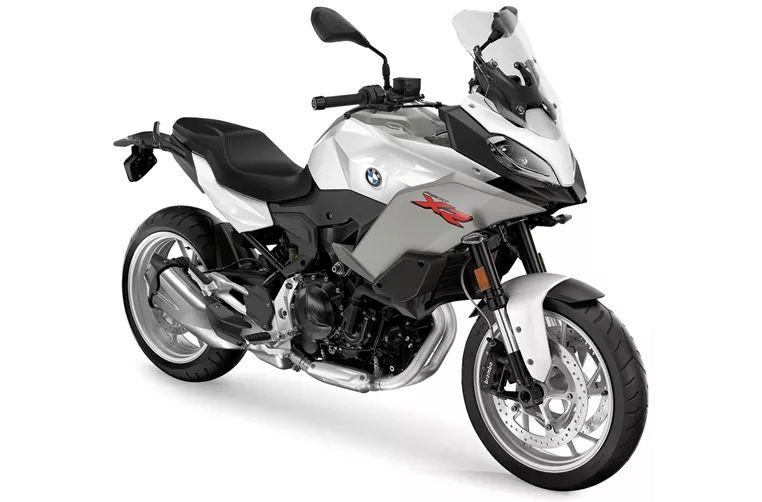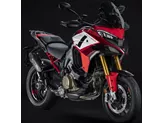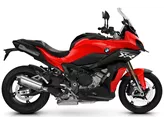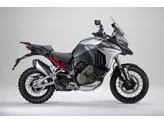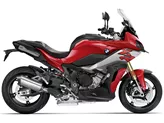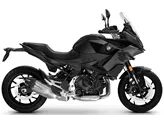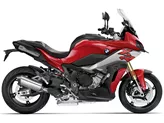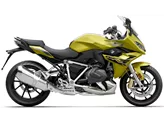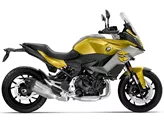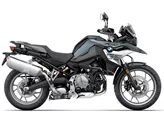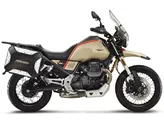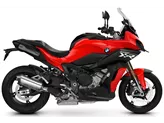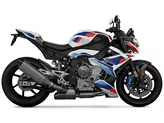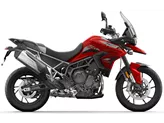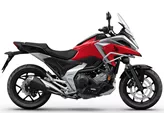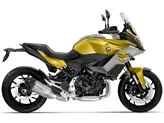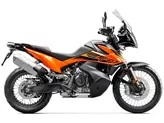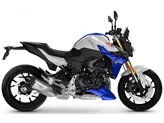BMW S 1000 XR 2016 vs. BMW F 900 XR 2020

BMW S 1000 XR 2016
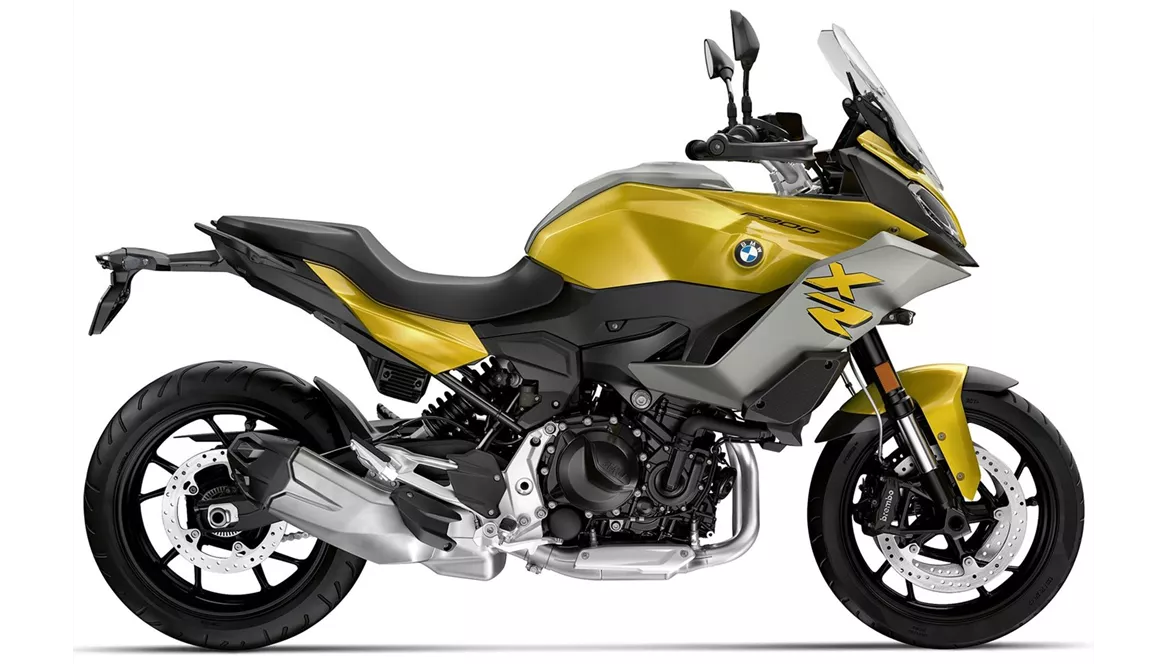
BMW F 900 XR 2020
Overview - BMW S 1000 XR 2016 vs BMW F 900 XR 2020
The BMW S 1000 XR 2016 and the BMW F 900 XR 2020 are both sport touring motorcycles manufactured by BMW. While they share some similarities, there are also notable differences between the two models.
In terms of engine specifications, the BMW S 1000 XR 2016 is equipped with an in-line, 4-stroke engine with a displacement of 999cc. It produces a powerful 160 HP and 112 Nm of torque. On the other hand, the BMW F 900 XR 2020 features a 2-cylinder, 4-stroke engine with a displacement of 895cc. It has a slightly lower power output of 105 HP and torque of 92 Nm.
Both motorcycles have a chain transmission system, ensuring efficient power delivery to the wheels. The BMW S 1000 XR 2016 has 4 cylinders, while the BMW F 900 XR 2020 has 2 cylinders. This difference in cylinder configuration affects the overall performance and power delivery of the motorcycles.

BMW S 1000 XR 2016
In terms of suspension, the BMW S 1000 XR 2016 is equipped with a telescopic fork front suspension and a swing arm rear suspension. The suspension can be adjusted for compression and rebound. On the other hand, the BMW F 900 XR 2020 features an upside-down telescopic fork front suspension and a swing arm rear suspension. The suspension can be adjusted for preload and rebound.
The chassis of the BMW S 1000 XR 2016 is made of aluminum and has a twin tube frame type. This provides stability and durability while keeping the weight relatively low. On the other hand, the BMW F 900 XR 2020 has a steel frame with a twin tube, load-bearing engine design. This design provides a good balance between strength and weight distribution.
Both motorcycles are equipped with double disc brakes at the front, using radial technology. This ensures excellent braking performance and control. In terms of advanced rider assistance systems, both models come with ABS (Anti-lock Braking System) and traction control. The BMW F 900 XR 2020 also includes anti-slipping control and riding modes.
In terms of dimensions and weights, the BMW S 1000 XR 2016 has a front tire width of 120 mm and a rear tire width of 190 mm. The front and rear tire diameters are both 17 inches. It has a wheelbase of 1548 mm and a seat height of 840 mm. The kerb weight, including ABS, is 228 kg, and it has a fuel tank capacity of 20 liters. On the other hand, the BMW F 900 XR 2020 has a front tire width of 120 mm and a rear tire width of 180 mm. The front and rear tire diameters are both 17 inches. It has a slightly shorter wheelbase of 1518 mm and a lower seat height of 815 mm. The kerb weight, including ABS, is 211 kg, and it has a fuel tank capacity of 15.5 liters.
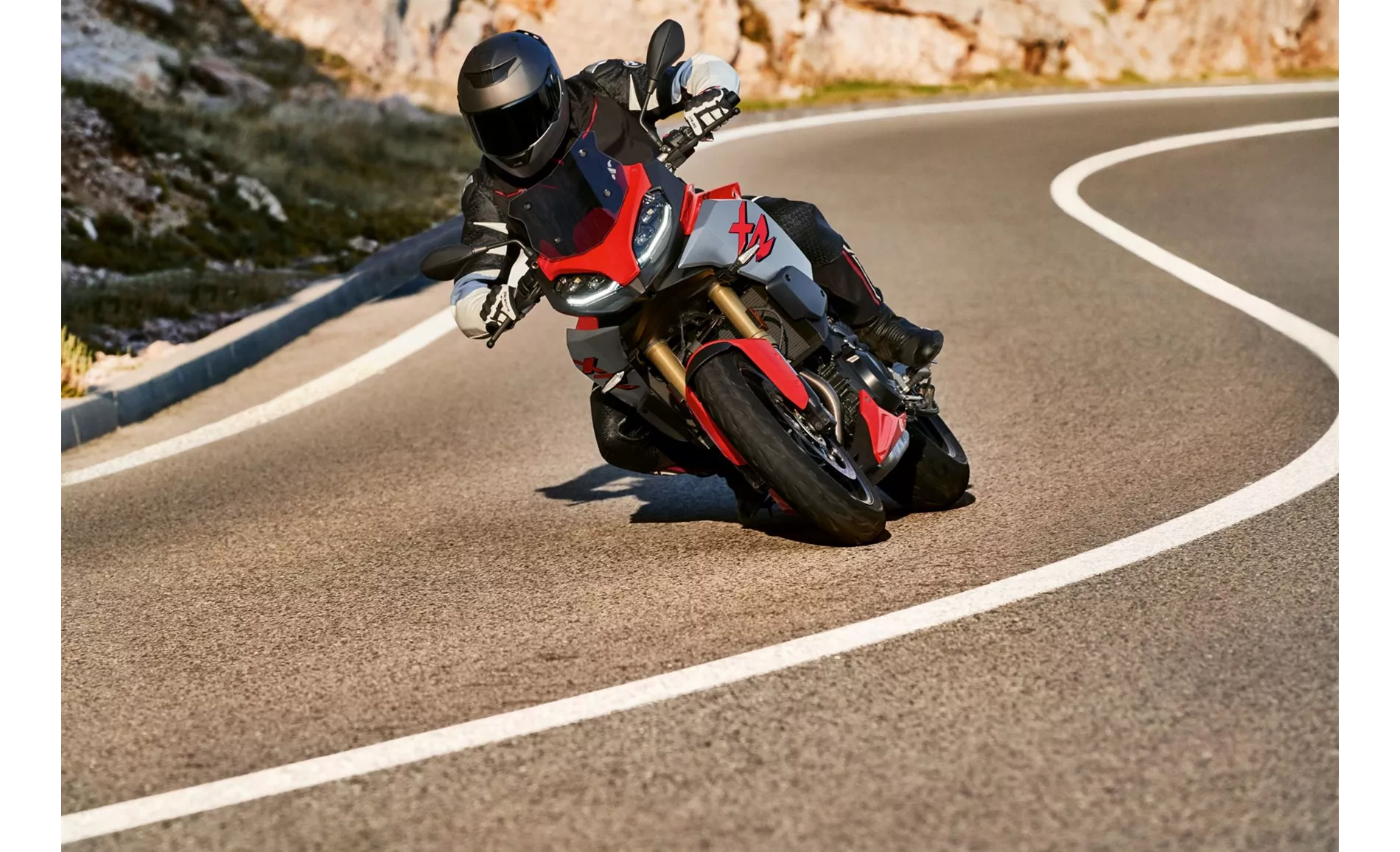
BMW F 900 XR 2020
In terms of strengths, the BMW S 1000 XR 2016 is praised for its sharp engine, sharp design, high-quality workmanship, stable road holding, ABS and ASC standard, comfortable seat, and successful ergonomics, even for tall riders. On the other hand, the BMW F 900 XR 2020 is appreciated for its resilient and powerful engine, variable ergonomics, sufficient wind protection, great Brembo brakes, stylish looks, and wide range of accessories.
However, the BMW S 1000 XR 2016 does have some weaknesses, including slight vibrations from the engine and a wind protection that could be better. On the other hand, the BMW F 900 XR 2020 has been noted for its behavioral sound, which may be a drawback for some riders.
In conclusion, the BMW S 1000 XR 2016 and the BMW F 900 XR 2020 are both impressive sport touring motorcycles with their own unique strengths and weaknesses. The choice between the two ultimately depends on the rider's preferences and priorities in terms of engine power, ergonomics, wind protection, and overall design.
Technical Specifications BMW S 1000 XR 2016 compared to BMW F 900 XR 2020
Pros and Cons in comparison
Pros and Cons in comparison
BMW S 1000 XR 2016

The BMW S 1000 XR is a superbly crafted performance motorbike with a proud pedigree that shines with impeccable touring characteristics and solid touring capability. A wide range of accessories either trim the bike even more in the direction of sport or equip it for the great journey. With ABS and ASC as standard, you're always on the safe side and always relaxed thanks to the pleasant ergonomics. Just don't misunderstand the XR as an enduro for on/off-road, but see it as the evolution of a sport tourer.
BMW F 900 XR 2020
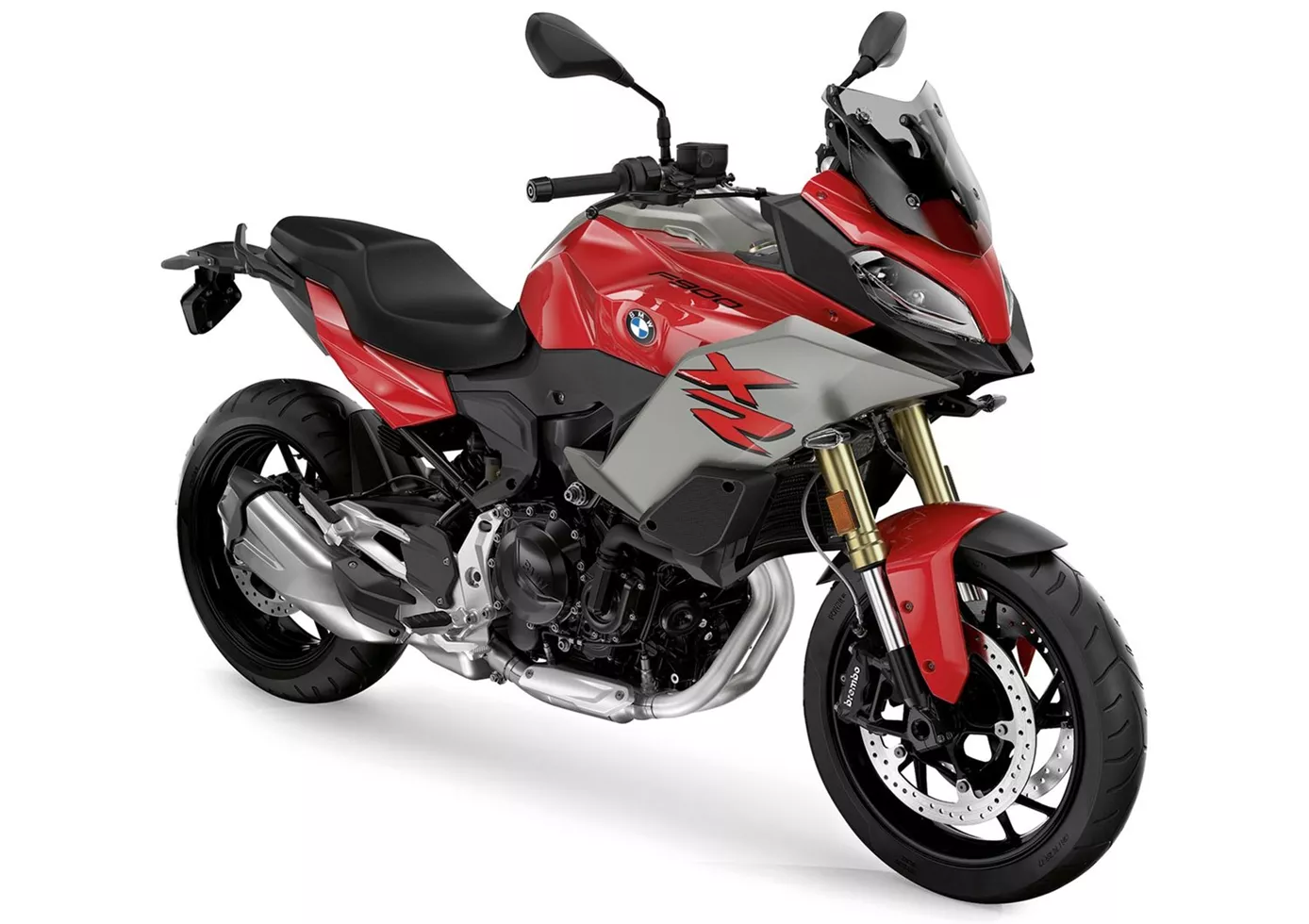
The new BMW F 900 XR proves that it now needs no more than the middle class. With 105 hp, you are never underpowered in any situation and the two-cylinder offers enough elasticity to be both relaxed and very sporty on the road. Its solid quality and proven high-volume technology of the F 850 series make it a perfect companion if you want to be sporty on the road with a high level of comfort. As a basis, the equipment is sufficient, but the BMW accessories programme gives enough options to put together your dream motorbike (recommendation: Gearshift Assistant Pro!).
Price Comparison Avarage Market Price BMW S 1000 XR vs BMW F 900 XR
There are a few key differences between a BMW S 1000 XR 2016 and a BMW F 900 XR 2020. In terms of price, the actual average price of a BMW S 1000 XR 2016 is about 9% higher. A BMW S 1000 XR 2016 experiences a loss of 980 GBP in one year and 2,690 GBP in two years of ownership. This is offset by a loss of 750 GBP and 840 GBP for a BMW F 900 XR 2020. Compared to BMW F 900 XR 2020 there are more BMW S 1000 XR 2016 bikes available on the 1000PS.de Marketplace, specifically 19 compared to 13. It takes less time to sell a BMW F 900 XR with 75 days compared to 89 days for the BMW S 1000 XR. Since model year 2015 1000PS.de editors have written 40 reviews for the BMW S 1000 XR and 23 reviews for the BMW F 900 XR since model year 2020. The first review for the BMW S 1000 XR was published on 21/10/2014 and now has more than 16,000 views. This compares to more than 136,400 views for the first review on BMW F 900 XR published on 05/11/2019.

